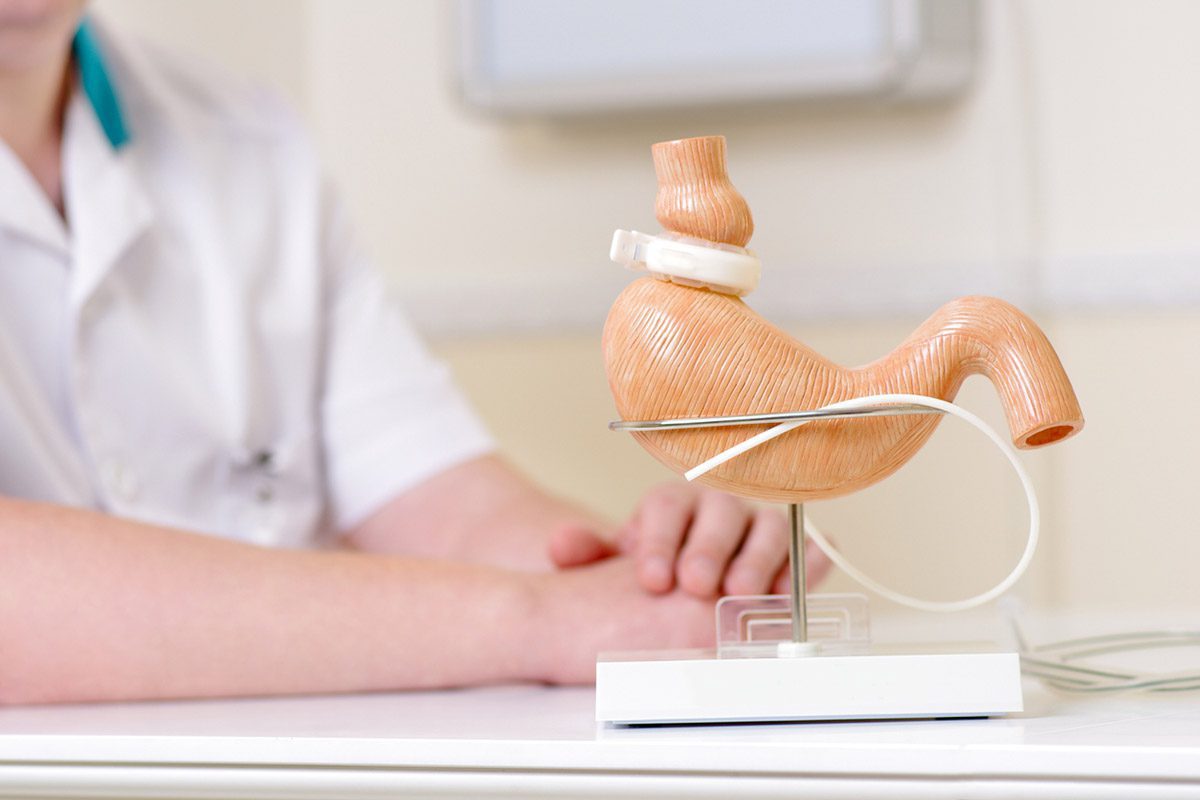A Case of Amelioration of Venlafaxine-Discontinuation "Brain Shivers" With Atomoxetine
To the Editor: Antidepressant discontinuation syndrome is a common syndrome seen following abrupt termination of treatment with a serotonin reuptake inhibitor.1 It occurs at rates ranging from 17.2% to as high as 78% with venlafaxine.2,3 There is, however, little literature on "brain shivers,"4,5 a common antidepressant-discontinuation symptom described by patients taking venlafaxine, duloxetine, citalopram, and paroxetine. Much of the information comes from Internet blogs and Web sites.6-8 The symptom is described variously as "an electrical shock-like sensation in the brain," "the sensation of the brain shivering," "brain zaps," "brain shocks," "brain shivers," "head shocks," or "cranial zings." The etiology of the symptom is not known, and there is no known treatment for this distressing symptom.
We describe a case in which "brain shivers" occurred as part of venlafaxine discontinuation syndrome and abated with atomoxetine treatment.
Case report. Mr A, a 34-year-old man, presented with DSM-IV major depressive disorder (MDD) that responded well to venlafaxine (300 mg/d). He achieved remission except for seasonal exacerbations during autumn during the next 4 years. In view of a family history of bipolar disorder, it was decided to add lamotrigine and taper venlafaxine. Mr A maintained remission on venlafaxine (37.5 mg/d) and lamotrigine (200 mg/d) without seasonal exacerbations. Mr A abruptly discontinued venlafaxine 37.5 mg/d. On the second day following discontinuation, he reported feeling an unpleasant sensation of "electricity in the head" that "felt like the brain was shaking inside the skull." Mr A was also noticed to demonstrate emotional incontinence and complained of anhedonia, anxiety, tinnitus, headache, nausea, and increased sensitivity to noise. Since the "brain shivers" were the most distressing symptom, a trial of atomoxetine 40 mg/d was attempted based on the hypothesis that the symptom was a result of noradrenergic imbalance.9 An immediate improvement in "brain shivers" was reported within 2 or 3 hours of taking the first dose. Over the next 3 days, Mr A reported further improvement in "brain shivers" and anhedonia although emotional incontinence and increased sensitivity to noise persisted. Given the severity of other withdrawal symptoms, venlafaxine (37.5 mg/d) was reinstated and atomoxetine was stopped. All withdrawal symptoms disappeared during the next day.
The case adds to the interesting speculation about the noradrenergic imbalance as the basis of "brain shivers."9 "Brain shivers," conceptually related to Lhermitte’s phenomenon,10 have also been reported with the noradrenergic drug 3,4-methylenedioxy-N-methylamphetamine (MDMA). The psychotropic effects of MDMA are mediated via norepinephrine transporter11 and results in an increase in synaptic norepinephrine levels. Venlafaxine’s affinity for norepinephrine transporter (K[i] = 2,984 nM)12 is 103-fold lower than that of atomoxetine (K[i] = 5 nM),13 yet venlafaxine causes an increase (242%)14 in synaptic norepinephrine levels comparable to that by atomoxetine (290% ± 33%).13 Curiously, chronic treatment with venlafaxine does not reduce norepinephrine transporter binding sites.15 These facts point to the possibility that increases in synaptic norepinephrine are due to norepinephrine transporter reversal, akin to dopamine transporter reversal associated with amphetamine.16 Abrupt withdrawal of venlafaxine would hence result in paradoxical increase in synaptic norepinephrine via efflux through norepinephrine transporter channels, which is normalized by atomoxetine’s norepinephrine transporter blockade. This speculation of the noradrenergic basis of "brain shivers" warrants further study.
References
1. Schatzberg AF, Blier P, Delgado PL, et al. Antidepressant discontinuation syndrome: consensus panel recommendations for clinical management and additional research. J Clin Psychiatry. 2006;67(suppl 4):27-30. PubMed
2. Coupland NJ, Bell CJ, Potokar JP. Serotonin reuptake inhibitor withdrawal. J Clin Psychopharmacol. 1996;16(5):356-362. PubMed doi:10.1097/00004714-199610000-00003
3. Fava M, Mulroy R, Alpert J, et al. Emergence of adverse events following discontinuation of treatment with extended-release venlafaxine. Am J Psychiatry. 1997;154(12):1760-1762. PubMed
4. Christmas DMB. ‘ Brain shivers’ : from chat room to clinic. Psychiatric Bulletin. 2005;29:219-221.
5. Reeves RR, Mack JE, Beddingfield JJ. Shock-like sensations during venlafaxine withdrawal. Pharmacotherapy. 2003;23(5):678-681. PubMed doi:10.1592/phco.23.5.678.32198
6. Schimelpfening N. "Brain Shivers" as an Effexor withdrawal symptom. http://depression.about.com/cs/venlafaxine/a/brainshivers.htm. Accessed July 16, 2012.
7. Understanding brain shivers—prescription drug withdrawal symptoms. http://www.howtodothings.com/health-and-fitness/a4391-how-to-understand-brain-shivers.html. Accessed July 16, 2012.
8. Brain shivers’ ¦ brain zaps’ ¦ brain shocks’ ¦.http://theblondepharmacist.com/2007/11/17/brain-shivers-brain-zaps-brain-shocks/. Updated November 17, 2007. Accessed July 16, 2012.
9. Campagne DM. Venlafaxine and serious withdrawal symptoms: warning to drivers. MedGenMed. 2005;7(3):22. PubMed
10. Boland B, Mitcheson L, Wolff K. Lhermitte’s sign, electric shock sensations and high dose ecstasy consumption: preliminary findings. J Psychopharmacol. 2010;24(2):213-220. PubMed doi:10.1177/0269881108100528
11. Hysek CM, Simmler LD, Ineichen M, et al. The norepinephrine transporter inhibitor reboxetine reduces stimulant effects of MDMA ("ecstasy") in humans. Clin Pharmacol Ther. 2011;90(2):246-255. PubMed doi:10.1038/clpt.2011.78
12. Lengyel K, Pieschl R, Strong T, et al. Ex vivo assessment of binding site occupancy of monoamine reuptake inhibitors: methodology and biological significance. Neuropharmacology. 2008;55(1):63-70. PubMed doi:10.1016/j.neuropharm.2008.04.014
13. Bymaster FP, Katner JS, Nelson DL, et al. Atomoxetine increases extracellular levels of norepinephrine and dopamine in prefrontal cortex of rat: a potential mechanism for efficacy in attention deficit/hyperactivity disorder. Neuropsychopharmacology. 2002;27(5):699-711. PubMed doi:10.1016/S0893-133X(02)00346-9
14. Piacentini MF, Clinckers R, Meeusen R, et al. Effects of venlafaxine on extracellular 5-HT, dopamine and noradrenaline in the hippocampus and on peripheral hormone concentrations in the rat in vivo. Life Sci. 2003;73(19):2433-2442. PubMed doi:10.1016/S0024-3205(03)00658-1
15. Gould GG, Altamirano AV, Javors MA, et al. A comparison of the chronic treatment effects of venlafaxine and other antidepressants on serotonin and norepinephrine transporters. Biol Psychiatry. 2006;59(5):408-414. PubMed doi:10.1016/j.biopsych.2005.07.011
16. Kahlig KM, Binda F, Khoshbouei H, et al. Amphetamine induces dopamine efflux through a dopamine transporter channel. Proc Natl Acad Sci U S A. 2005;102(9):3495-3500. PubMed doi:10.1073/pnas.0407737102
Author affiliations: Psychiatry Service, VA Connecticut Healthcare System, and Department of Psychiatry, Yale University School of Medicine, New Haven.
Potential conflicts of interest: None reported.
Funding/support: None reported.
Published online: March 21, 2013.
Prim Care Companion CNS Disord 2013;15(2):doi:10.4088/PCC.12l01427
© Copyright 2013 Physicians Postgraduate Press, Inc.





